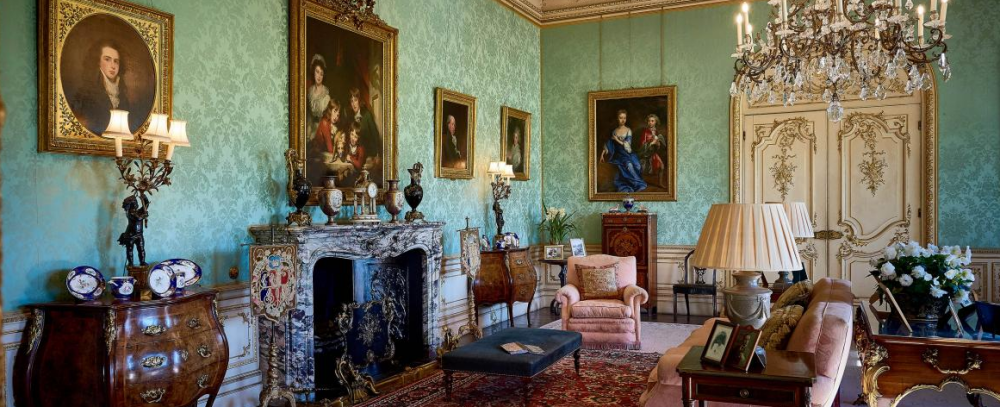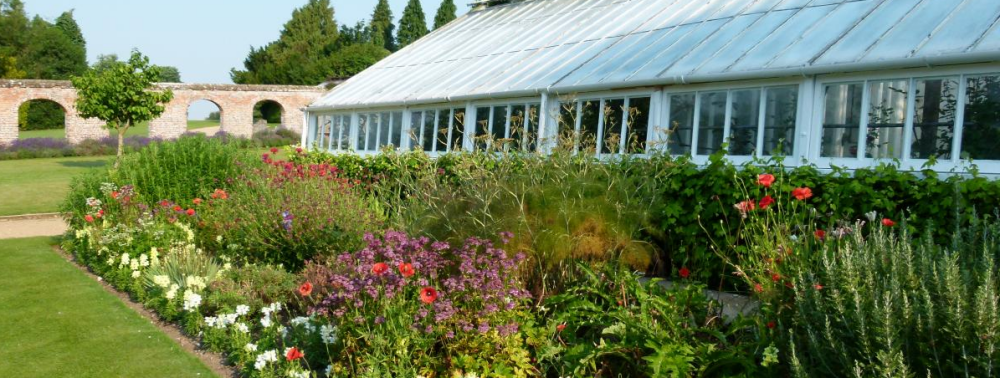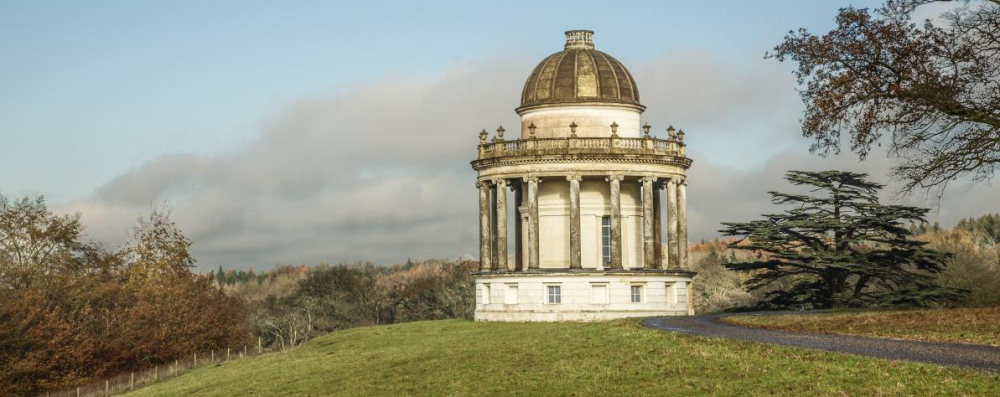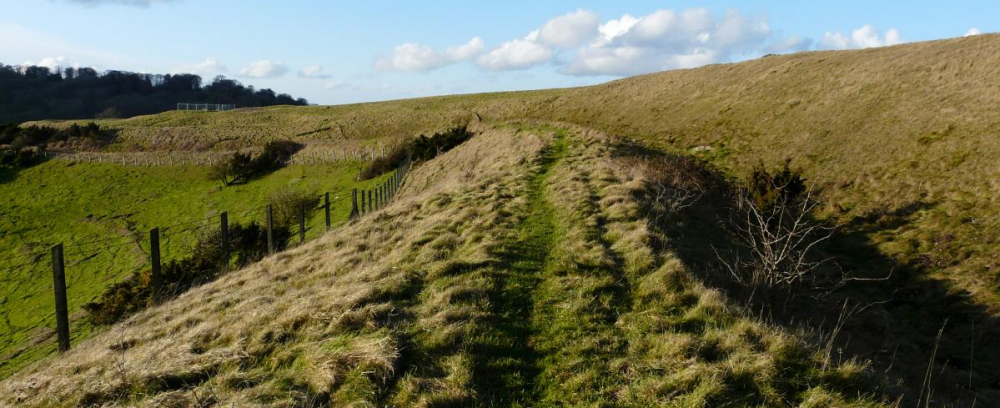


Highclere Castle sits within an arcadian parkland designed by Capability Brown in 1771.
There are six remaining 18th century follies framing views from which to admire the landscape. For example, Jackdaw’s Castle on the East lawns provides a charming view to the Castle, the Etruscan Temple is a place in which to sit and admire the trees on Siddown Hill, whilst the Temple of Diana looks over the lake.
The parkland and gardens are framed by a collection of magnificent cedar trees, first imported into this country in the 18th century.

